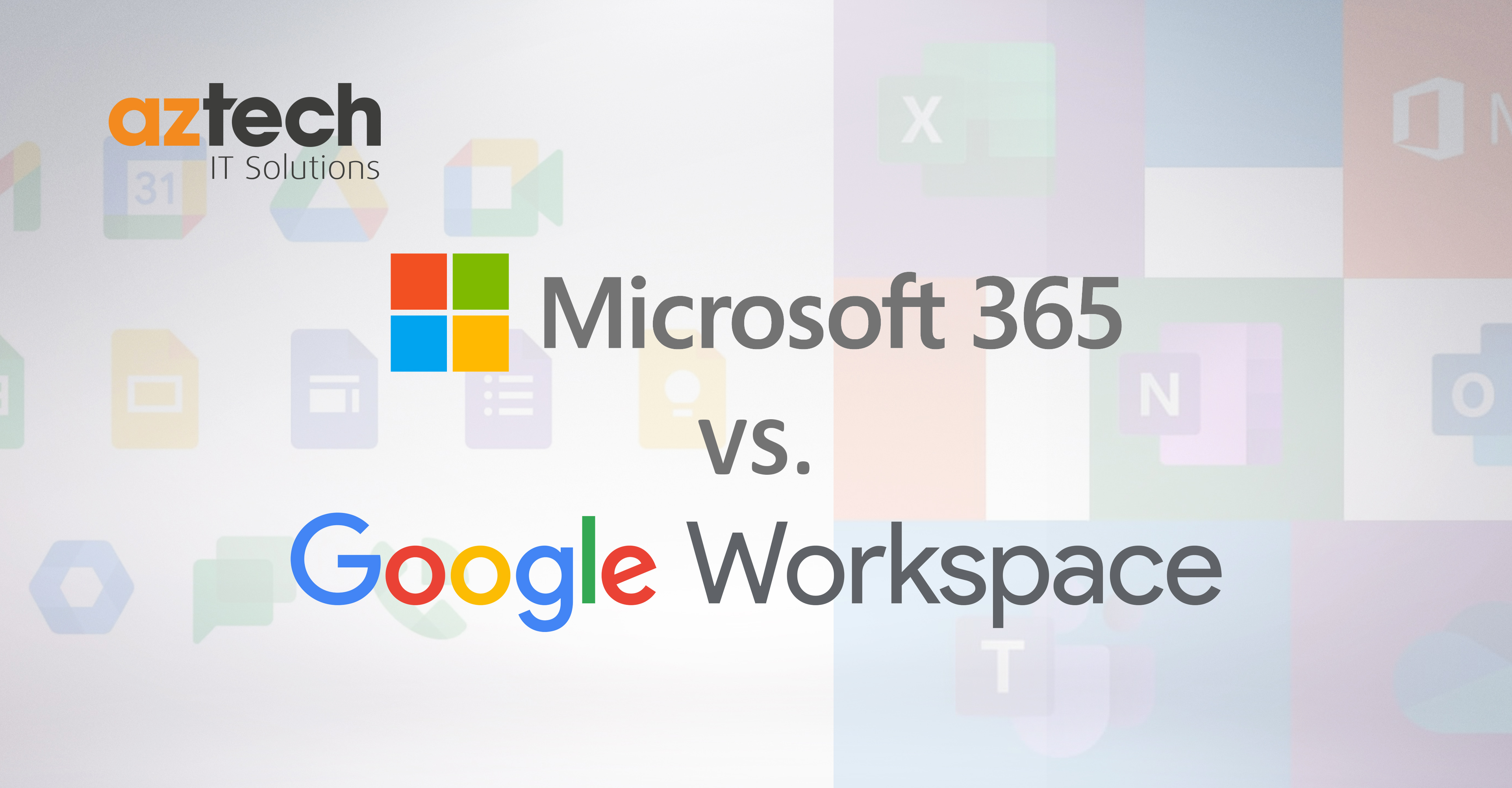Are you trying to decide between Microsoft 365 and Google Workspace for your small business or personal use?
It can be difficult to compare the two giants when it comes to office productivity applications.
In this blog post, we will explore a full comparison of Microsoft 365 vs Google Workspace, covering all the major features such as cost, security, mobile accessibility, and more!
What is the difference between Microsoft 365 vs Google Workspace?
As more and more businesses transition to a digital work environment, two of the most popular tools for productivity suites are Microsoft 365 and Google Workspace.
While both platforms offer similar applications and tools for remote work, there are some major differences between the two.
Microsoft 365 is known for its robust security and IT management capabilities, making it a popular choice for larger corporations.
Google Workspace, on the other hand, is known for its intuitive collaboration features and real-time document editing, making it a favourite among teams who rely heavily on teamwork and brainstorming.
Ultimately, choosing between Microsoft 365 vs Google Workspace depends largely on the specific needs and preferences of a business or team.
Let’s dig into the full comparison between Microsoft 365 vs Google Workspace and find out which one is best for your business as per your needs.
Microsoft 365 vs Google Workspace: Pricing Comparison
Pricing
Microsoft 365 offers 4 different plans, ranging from £4.90 per user, per month (Business Basic), to £18.10 per user, per month (Business Premium).
All plans offer premium office apps such as Outlook, Word, Excel, PowerPoint, Publisher, and Access.
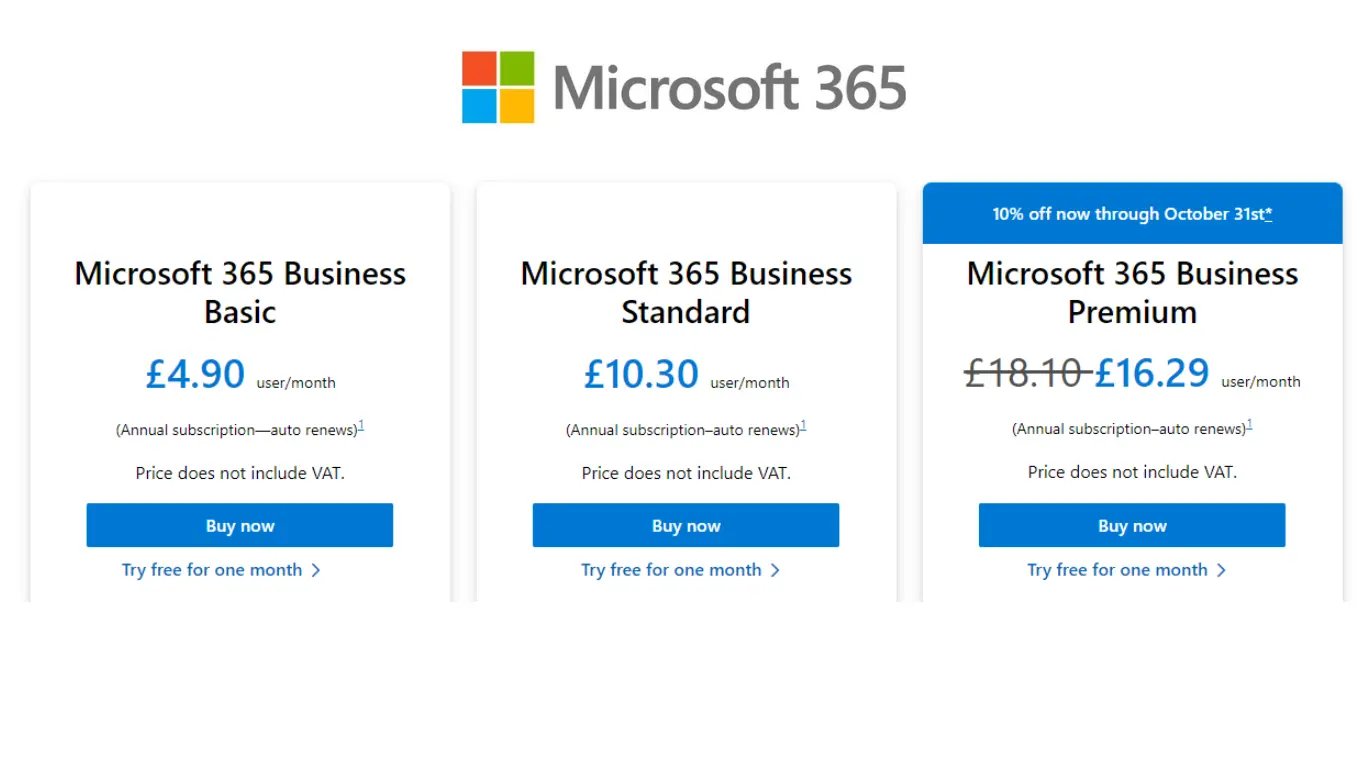
However, the Business Basic plan only offers web and mobile versions of Word, Excel, and PowerPoint.
Microsoft also offers an Apps Only plan which is £8.60 per user monthly, which includes all of the apps stated above but does not include Teams, Exchange, OneDrive, and SharePoint which all other plans do.
You can claim a 1-month free trial on any plan with Microsoft, and all plans are billed as an annual commitment.
Google Workspace also offers 4 different business plans at a slightly higher price point starting with £5 a user per month for Business Starter, £10 a user per month for Business Standard and Business plus with £15 a user per month on a one year commitment respectively.
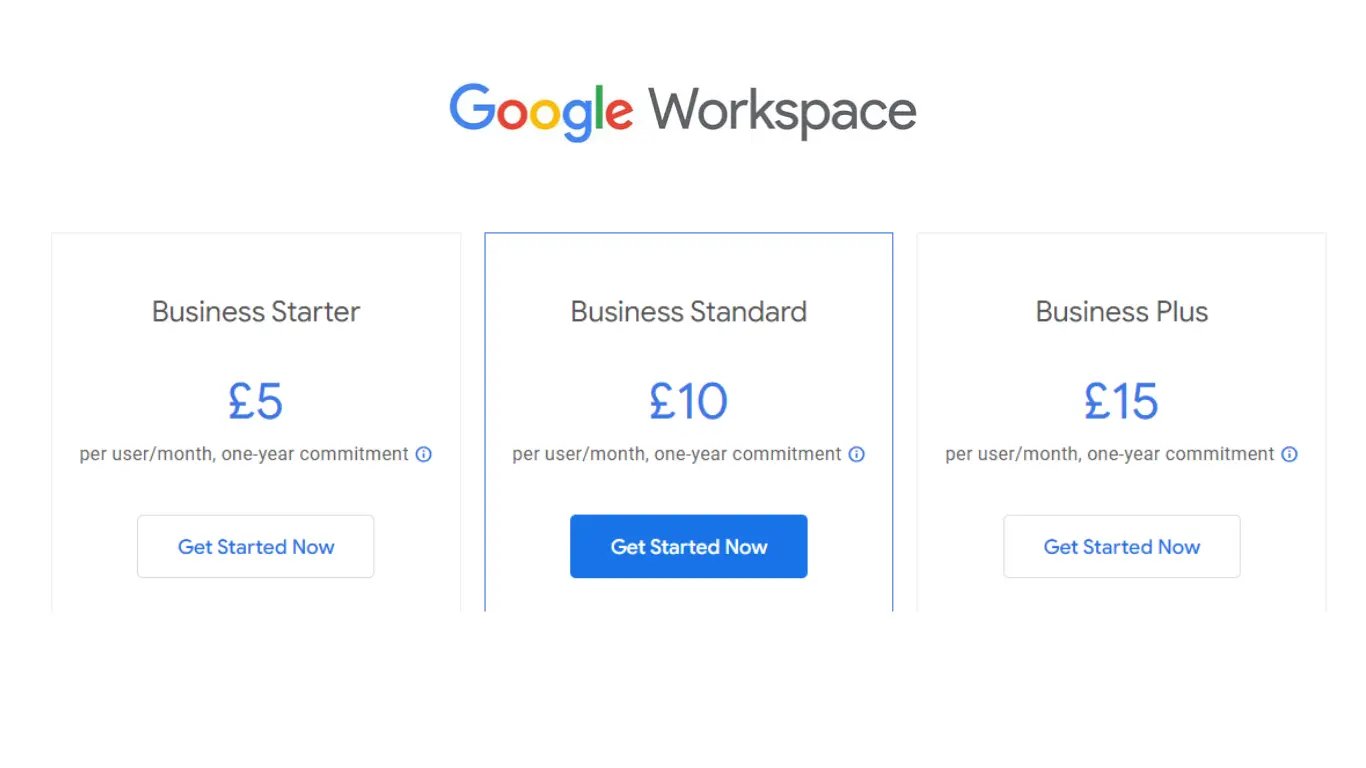
However, you’re offered more standard features with each plan, such as: Gmail, Drive, Meet, Calendar, Chat, Currents, Jamboard, Docs, Sheets, Slides, Keep, Sites, Forms and AppSheet.
Google Workspace’s most popular option is the Business Standard plan, which is £10 per user, per month.
This includes all of the above, as well as Customer and secure business email, 150 participant video meetings and recordings, 2 TB cloud storage per user, security and management controls and standard support.
Google Workspace also offers a Business Starter option for £5 per user per month, which includes the same as the Business standard plan but with less storage, fewer participants on video calls, and standard support.
On the more premium end of Google Workspace, they offer Business Plus and Enterprise which include add-ons such as email encryption, 250 participants on video calls and either 5 TB or unlimited storage per user.
Business Starter, Business Standard and the Business Plus plan only allow a maximum of 300 users in each plan.
You can claim a Free 14-day free trial on all business plans offered.
Microsoft 365 vs Google Workspace: Security Comparison
When it comes to security, both Microsoft 365 vs Google Workspace have robust security measures in place.
Microsoft 365 includes advanced threat protection capabilities such as malware protection and data loss prevention, while Google Workspace provides encryption for stored data and two-factor authentication for added security.
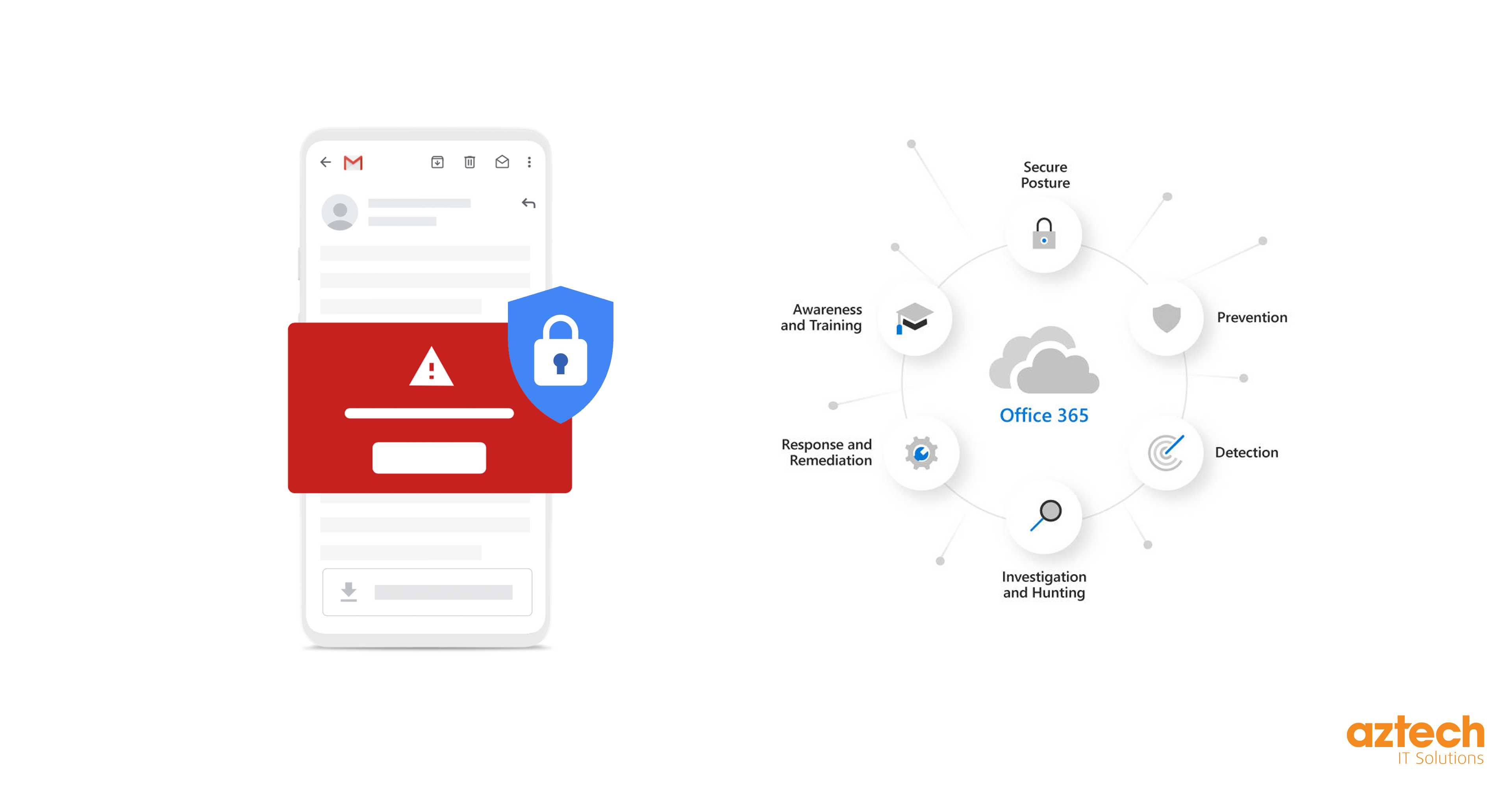
Both services also provide access control so that only authorised users can access sensitive information.
Data monitoring and protection
Microsoft 365 have recently released an updated Exchange Online Advanced Threat Protection which is a real-time filtering process that specifically targets spam and threats including viruses and phishing emails.
The suite also includes multiple layers of encryption technologies that protect your data both in transit and at rest.
Google have custom-built servers, with a unique operating system with a vast network of data centres, which aid their security and performance.
Google manages and continuously monitors its full hardware stack so any threats can be blocked quickly.
Google Workspace uses machine learning strategies that help identify threats. Not to mention also offering full in transit or at rest data encryption.
Furthermore, Google uses automatic and manual scanners which examines the Google Search Index to determine whether websites are malware or contain phishing traps.
Compliance
Microsoft has an expert compliance team that tracks and monitors compliance regulations to be continuously updating control and compliance settings within the suite.
Microsoft 365 currently have over 900 controls built directly into its compliance framework, which are constantly being refreshed and kept up to date.
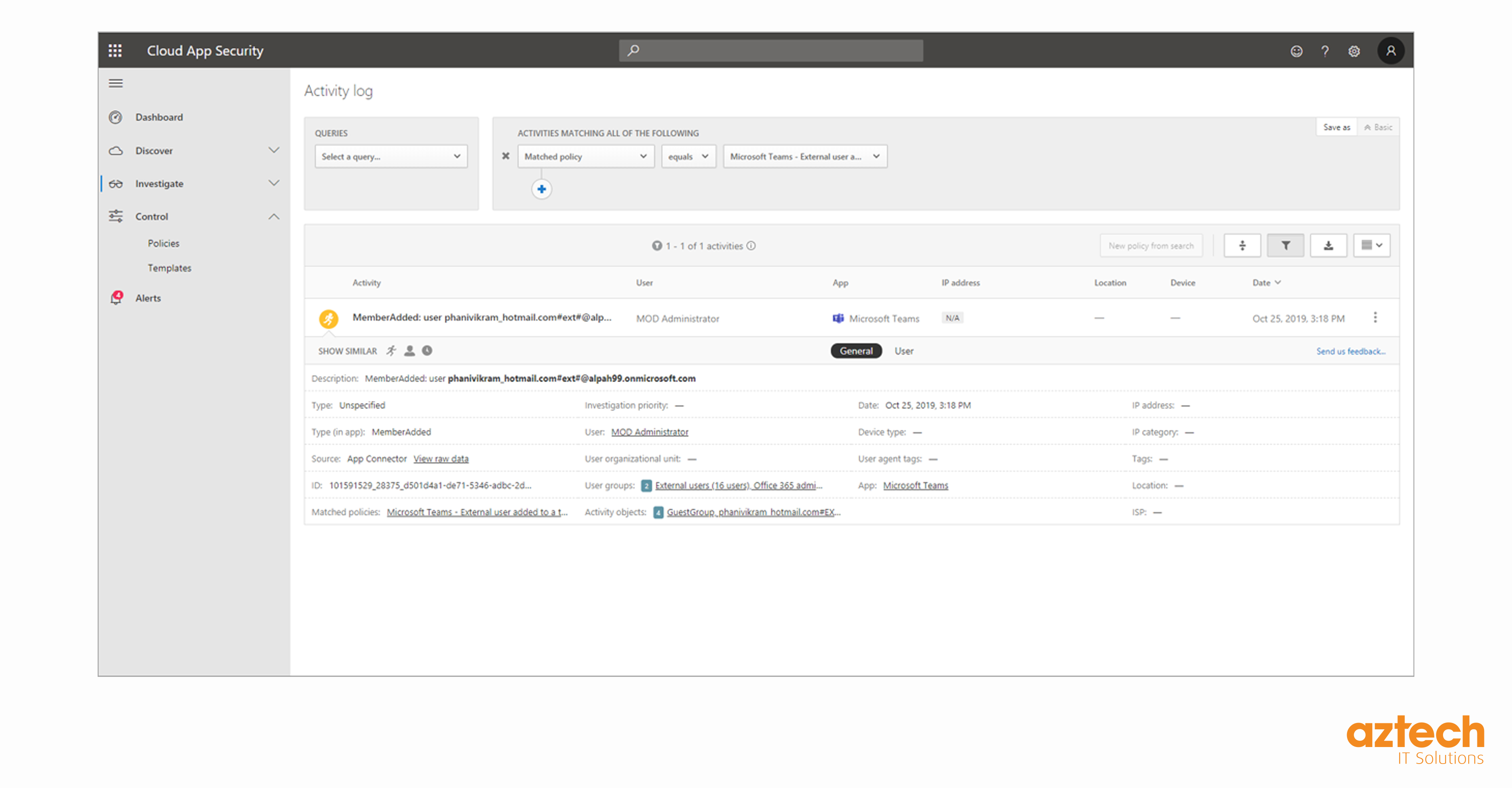
Microsoft 365 has the following compliance certifications:
- ISO 27001, 27018
- SSAE16
- SOC1 Type II & SOC2 Type II
- FISMA
- HIPAA
- EU Data Protection Directive and GDPR
Google Workspace is fully compliant for organisations with compliance standards and was specifically designed with strict privacy and security standards.
These standards are supported by users’ contracts to ensure the top level of security and privacy is maintained.
Google has the following compliance certifications:
- ISO 27001, 27018
- SOC 2, SOC 3
- HIPAA
- FERPA
- COPPA
- EU Data Protection Directive and GDPR
User Access
Administrators can manage users accounts, access and permissions which helps prevent access and sharing of sensitive information.
Security logs
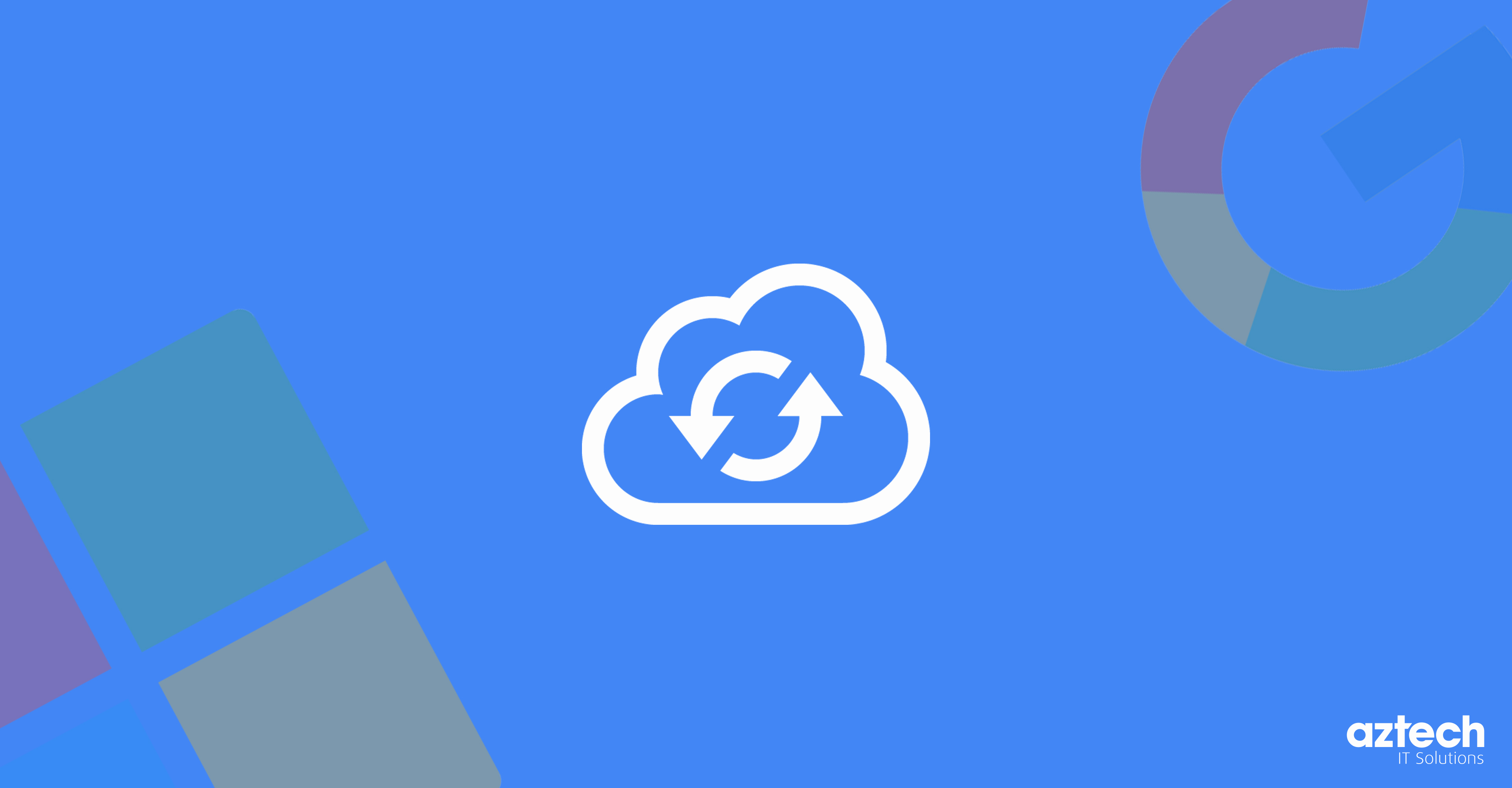
Microsoft 365 offers the ability to delete activity logs if given specific permissions. This means logs can be removed, eliminating unnecessary data hoard, making security logs easier to monitor and search if needed.
On the other hand, Google Workspace’s activity logs cannot be edited. This means that there is always an untampered record of activity if needed.
Automatic Updates
Since Microsoft 365 fully integrated with the Cloud, software updates happen automatically. This ensures all systems are constantly up-to-date and consistently protected.
As Google Workspace has always been fully integrated with the Cloud, the software is updated in an ever-constant motion. Continuously identifying any weaknesses, or vulnerabilities that are fixed in a time-conscious manner.
Microsoft 365 vs Google Workspace: Features Comparison
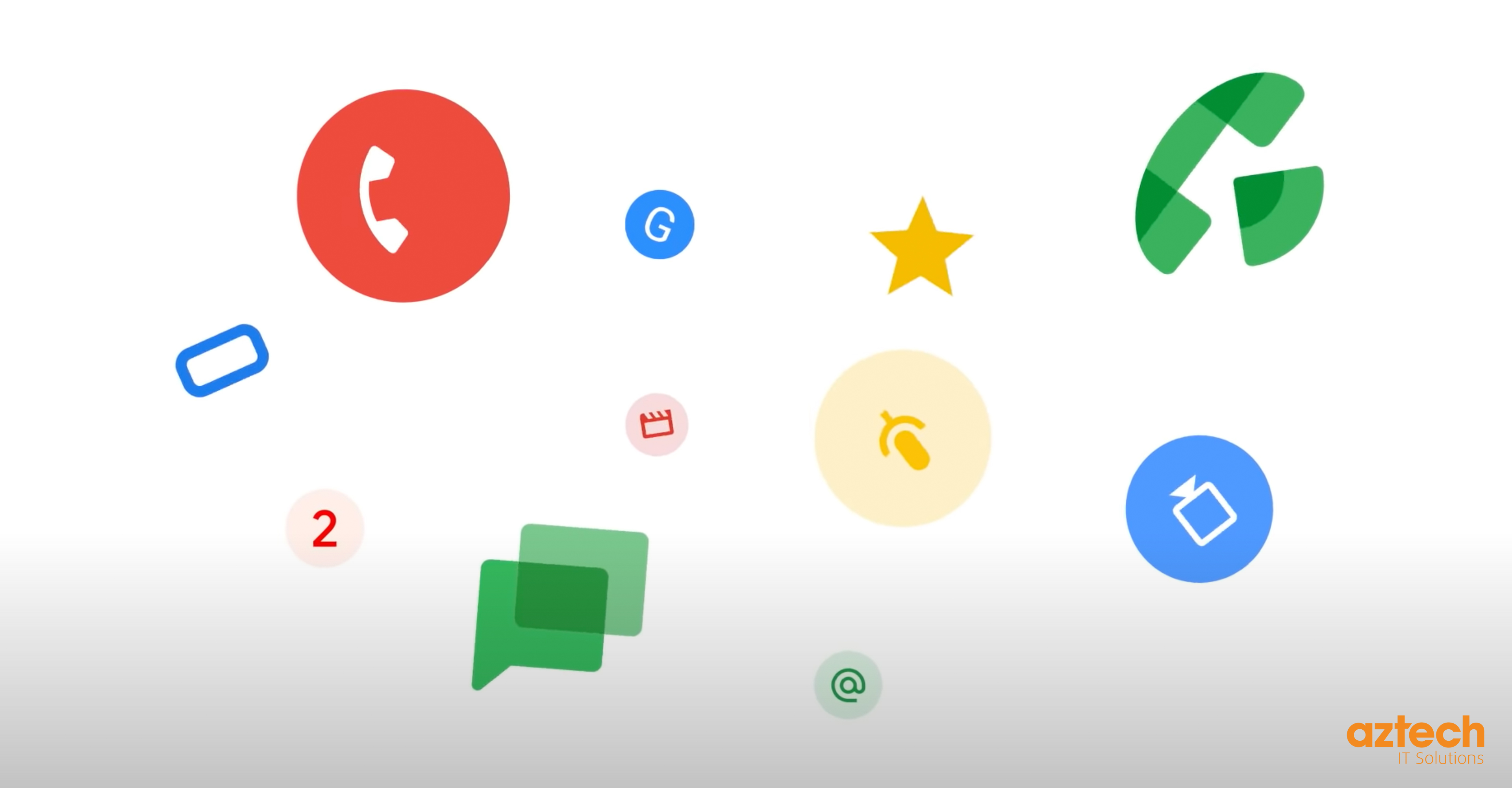
Communication
Both options include communication features such as email, instant messaging, and video calling.
Microsoft offers Outlook for email, which you can access via desktop or web browser.
Outlook can also be integrated with your calendar and other Microsoft apps such as To Do.
Also included is Microsoft Teams, which allows video calls for up to 300 people, individual and team chat functions as well as integration options with other apps such as Planner.
Google Workspace also offers a business email function – Gmail.
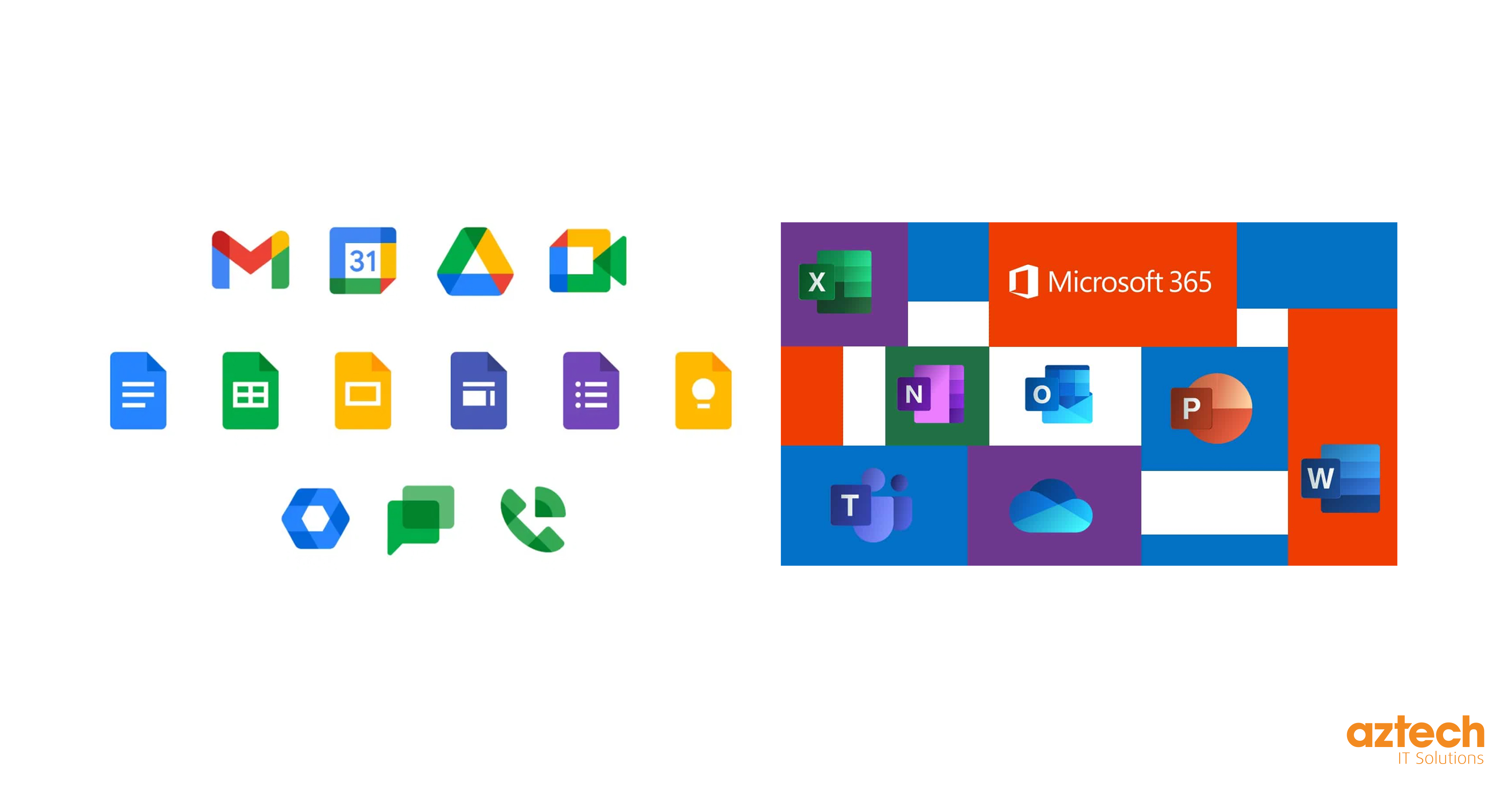
Where Outlook can be accessed on desktop and online, Gmail does not come with a desktop app, however, you can connect your Gmail account to third-party operators such as Outlook, or Mail on Apple products.
Google also offers video calling capabilities with Google Chat, which is predominantly an instant messaging feature with video calling capabilities, and also Google Meet, which is used for video calling and, offers a chat function within the call.
You can have up to 100, 150 or 250 people in your video call depending on your business plan.
Cloud
Both suites offer documents, spreadsheets, and presentations.
Most will be familiar with Microsoft’s Word, Excel, and PowerPoint as these have been popular office software choices for many years.
This software can be accessed via desktop; however, Microsoft now offers a web-based alternative.
Both desktop and web-browser versions can be accessed via the cloud, and both allow for co-authoring, allowing multiple people to collaborate on documents simultaneously.
Google Workspace offers comparable features called Docs, Sheets and Slides.
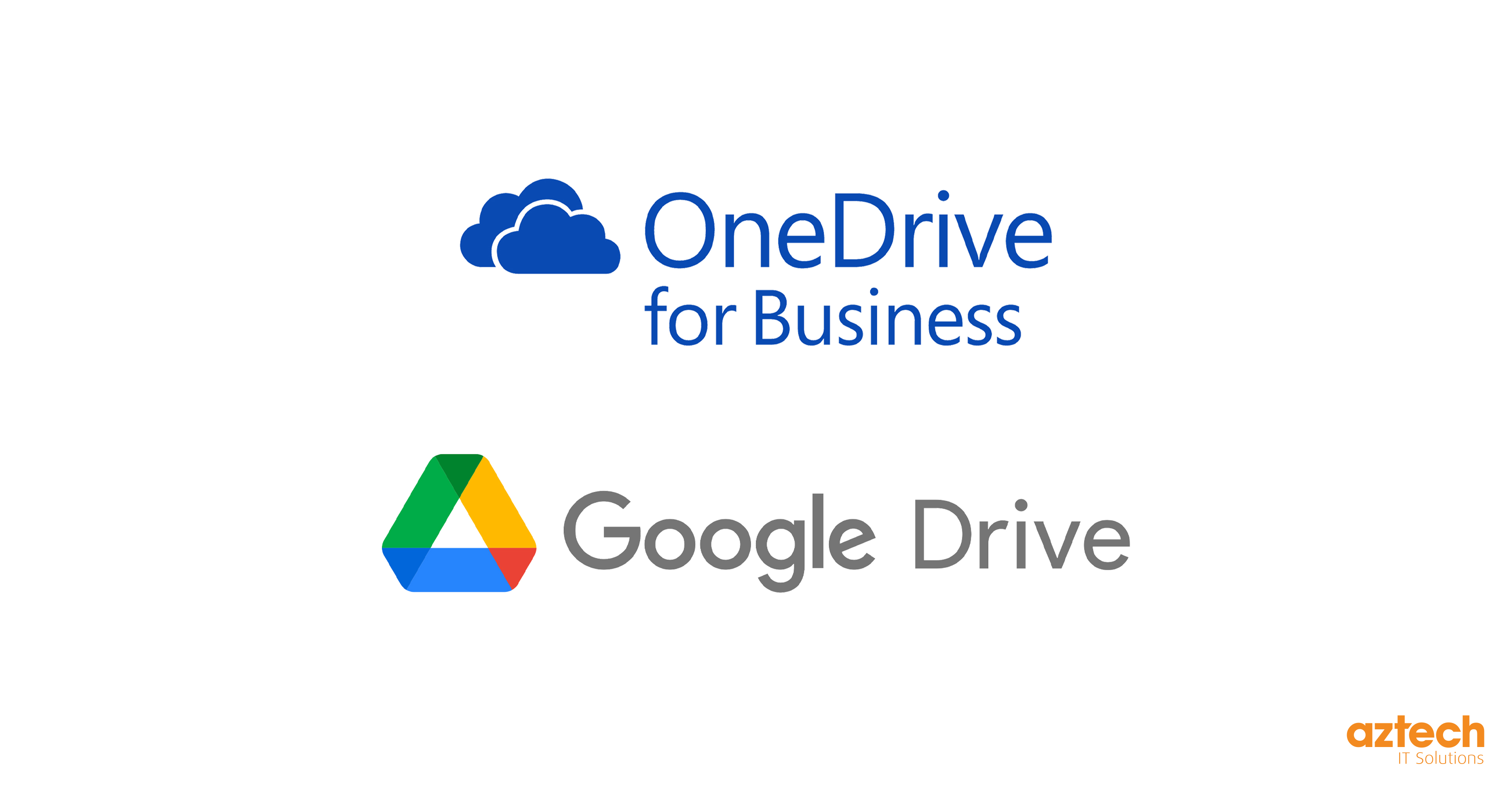
It has been noted that they are not as complex as Microsoft’s versions, however, offer more than enough for the average everyday user, and are built in a more simplistic and user-friendly manner.
Equally, to Microsoft, Google offers co-authoring capabilities allowing multiple people to edit a document at the same time.
Similarly to Gmail, Google Docs, Sheets and Slides are only accessible on a web browser, or apps for mobiles or tablets.
However, you can access and edit documents offline, and sync the new edits the next time you are connected to the internet.
Storage and Accessibility
Both Microsoft 365 and Google Workspace offer cloud storage.
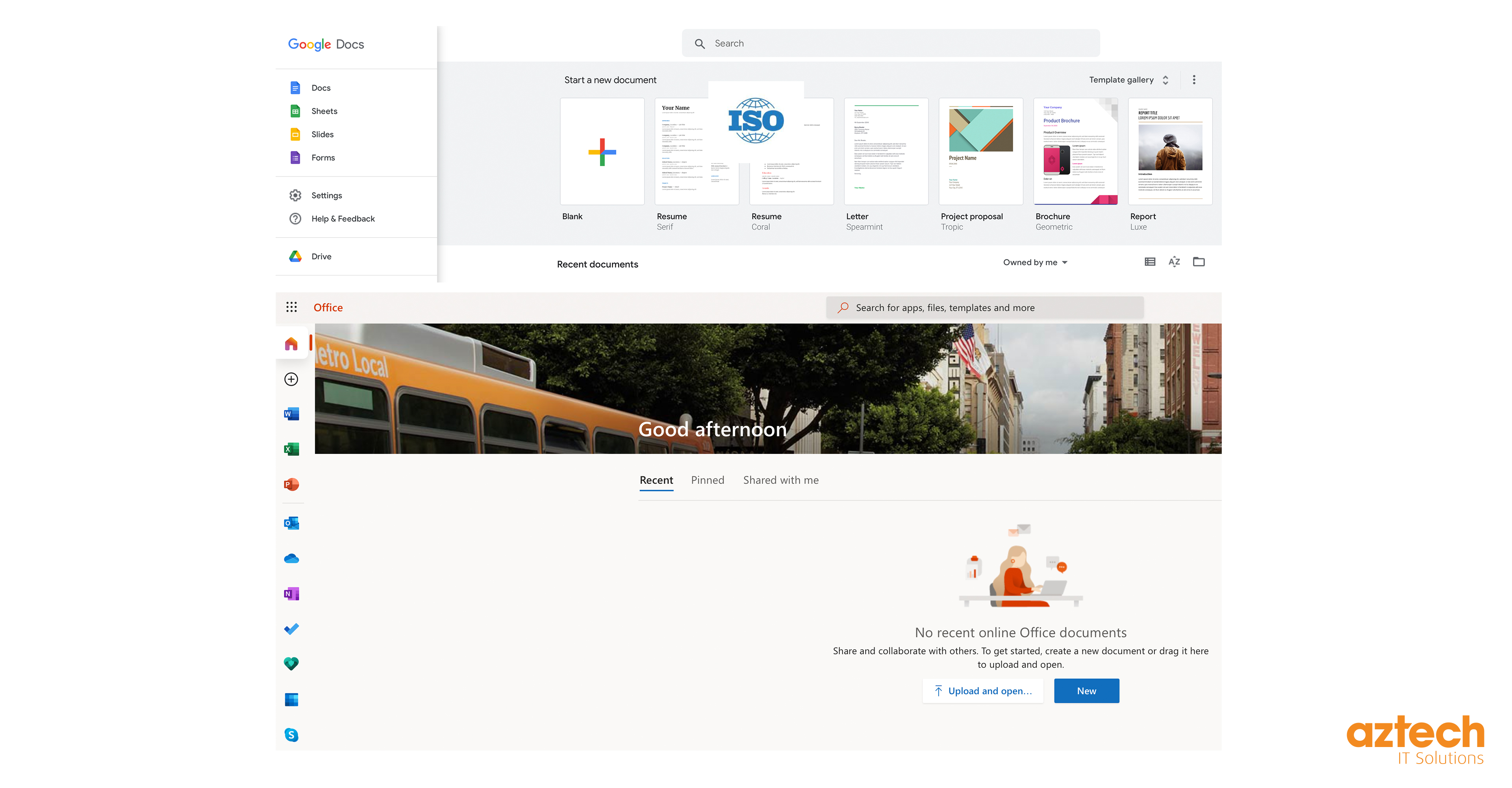
Microsoft comes with 1 TB of storage across all plans, and each user also gets an extra 50 GB towards their mailbox.
Microsoft currently does not offer an unlimited amount of storage with any plan.
Google Workspace offers 30GB for Businesses on the Business Starter plan (which is the least expensive option).
You can access 2 TB per user or unlimited storage on more premium plans.
Ease of Use
Unfortunately, there is not a black and white answer for which suite is easier to use.
Microsoft applications are likely to be more familiar with users and therefore more people already know how to navigate around the applications.
However, Google Workspace is designed to be user-friendly and simple.
Google applications are stripped back and have less clutter within each application for the everyday user, and therefore creates a more gentle learning curve for new users.
Microsoft 365 vs Google Workspace: Collaboration
Both Microsoft 365 and Google Workspace offer tools for collaboration between team members.
Microsoft 365 includes tools such as Teams and SharePoint for real-time communication and file sharing, while Google Workspace includes tools such as Hangouts Meet and Drive for video conferencing and cloud storage respectively.
Both services also include calendars to help teams stay organised and on track with their projects.
Microsoft 365 vs Google Workspace: Office Applications
Microsoft 365 includes a suite of office applications such as Word, Excel, PowerPoint, Outlook, OneNote, Publisher, Access, Skype for Business, Teams, and SharePoint that can be used to create documents, spreadsheets, presentations and more.
Google Workspace also includes a suite of office applications such as Docs, Sheets Slides and Forms that can be used to create documents, spreadsheets, presentations, forms and surveys etc.
Both services also include additional features like templates which can be used to quickly create professional looking documents without having to start from scratch each time.
Microsoft 365 vs Google Workspace: Integrations
Both Microsoft 365 and Google Workspace offer integrations with third-party applications so you can extend the functionality of your workspace even further.
Microsoft 365 integrates with popular applications such as Salesforce, Dynamics CRM, Dropbox, Box, Zoom, Adobe Creative Cloud, Slack, QuickBooks, Xero, HubSpot, Trello, Asana, Wrike, Zendesk, Freshdesk, JIRA, Pipedrive etc.
Meanwhile, Google Workspace integrates with popular applications such as Dropbox, Zoom, Slack, Asana, Wrike, Trello, JIRA and Pipedrive etc.
This allows you to easily transfer data between different platforms or automate certain processes within your workspace without having to manually enter data each time or write complex code.
Microsoft 365 vs Google Workspace: Market Share
When it comes to cloud-based productivity suites, there are two major players in the game: Microsoft 365 vs Google Workspace.
Both offer a range of applications for communication, collaboration, and productivity, but which one will come out on top in terms of market share by 2023?
According to recent predictions by Statista, Microsoft 365 is set to maintain its lead, reaching an estimated 60% market share in 2023.
However, Google Workspace is expected to make gains as well and increase its market share to around 30%.
With the ongoing shift towards remote work and digital collaboration, it's clear that cloud-based productivity tools are in high demand.
As the competition between Microsoft and Google heats up in this space, it will be interesting to see how they continue to innovate and differentiate themselves from one another.
Google Workspace Business Starter vs Microsoft 365 Business Basic
When it comes to selecting the right office productivity software, the choice between Google Workspace Business Starter vs Microsoft 365 Business Basic can be daunting.
Both are solid options for businesses of all sizes, offering a range of features that can help teams work more efficiently and collaboratively.
Google Workspace Business Starter is known for its ease of use and simple interface, while Microsoft 365 Business Basic offers a more comprehensive suite of tools.
Ultimately, the right choice comes down to the specific needs of your business.
Consider factors such as budget, team size, and the desired level of functionality when making your decision.
With either option, you can be sure that your team will have everything they need to stay connected and productive.
Microsoft 365 vs Google Workspace for Personal Use
Are you debating between Microsoft 365 and Google Workspace for personal use?
Both productivity suites offer a range of tools to streamline your work and simplify your life.
Microsoft 365 includes popular applications such as Word, Excel, and PowerPoint, all accessible across multiple devices.
Meanwhile Google Workspace comes equipped with Google Docs, Sheets and Slides, as well as seamless integration with Gmail and Google Drive.
There is no definitive answer as to which one is better for personal use, but considering your needs and habits can help you make an informed decision.
Ultimately, it's up to the individual to choose based on their own preferences and required features.
Google Workspace vs Microsoft 365 for Small Business
When it comes to choosing the right productivity suite for your small business, Google Workspace and Microsoft 365 are two of the biggest names in the game.
But how do you know which one is right for you?
Let's take a closer look at the key differences between these two suite providers.
Google Workspace offers cloud-based solutions that are focused on collaboration and communication, while Microsoft 365 is geared towards businesses that require more advanced tools and features, such as intricate spreadsheets and data analysis tools.
Ultimately, the choice between Google Workspace and Microsoft 365 comes down to your company's specific needs and priorities.
By considering factors such as budget, user-friendliness, and extensibility, you can make an informed decision that will help your small business thrive.

-1.png?width=552&height=678&name=text-image%20module%20desktop%20(4)-1.png)


.png?width=2000&name=Case%20study%20(21).png)


-2.png?width=422&height=591&name=text%20image%20tablet%20(31)-2.png)



